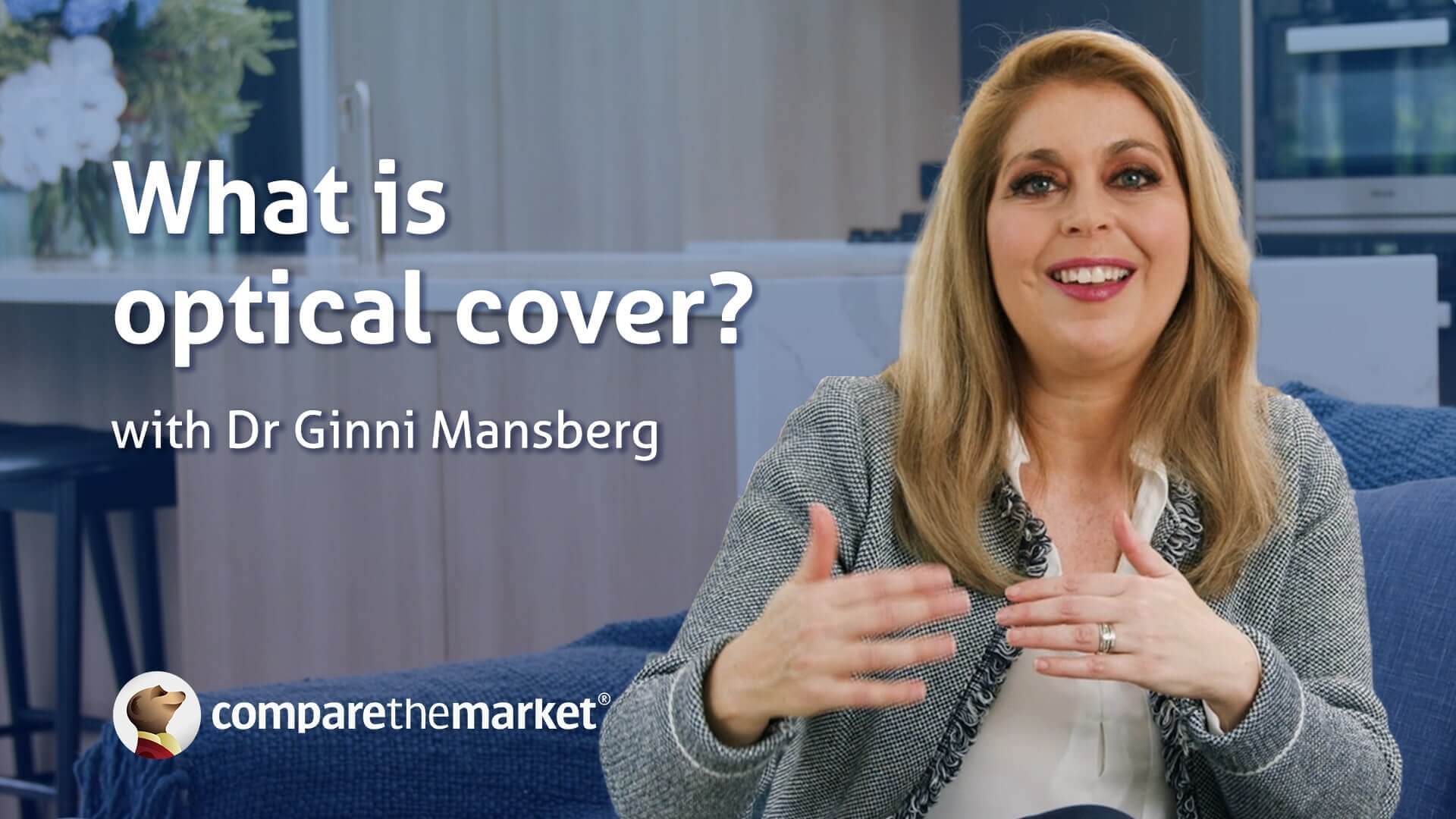Between a hospital and extras policy, you can be covered for both inpatient hospital eye treatments and out-of-hospital optical products and services.
Hospital cover can help cover private inpatient hospital treatment for eye-related conditions like:
- Retinal detachment
- Eye infections
- Tear duct conditions
- Trauma to the eye
- Cataracts (cataract surgery has its own clinical category).
The services and treatments you can claim for will depend on your level of cover and which clinical categories you have. Not all eye treatments fall under a single clinical category, so be sure you understand exactly what your policy covers.
Extras cover can help pay for eyewear such as prescription glasses, contact lenses and even prescription sunglasses. Some extras benefits can also help pay for eye therapy to treat visual problems, such as blurred vision, crossed eyes, double vision and lazy vision.
You can claim up to a certain amount on optical services per year. Depending on your policy, annual limit and other factors, you could get a new pair of glasses yearly if you wanted to. What’s more, your health fund may provide special offers like member discounts and additional benefits through their own eye care centres or one of their partnered eyewear retailers (e.g. OPSM, Specsavers and Laubman & Pank).







